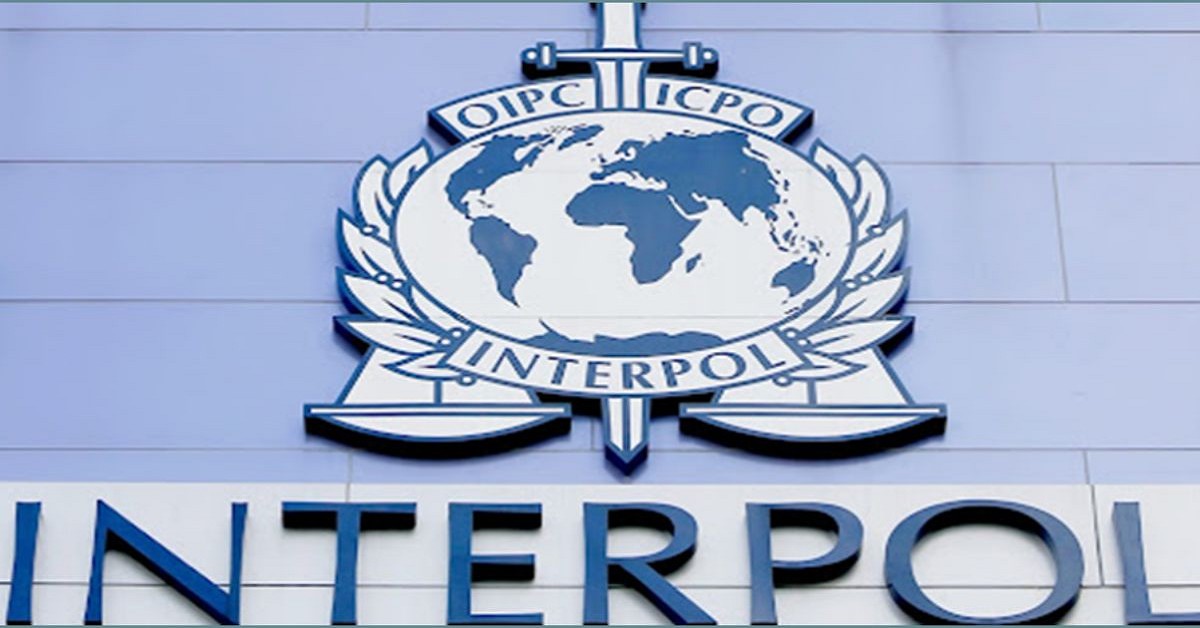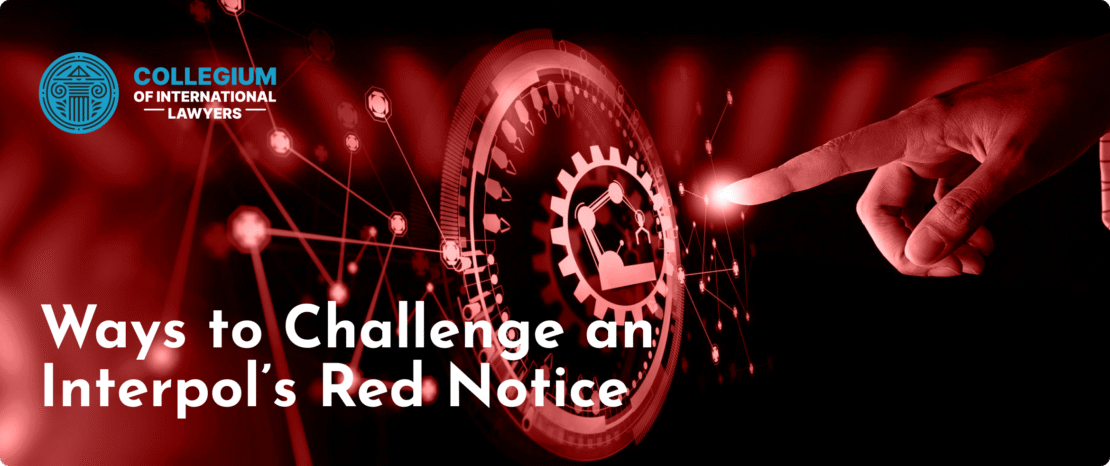
The Presidential Autopen Controversy: A Debate on Authenticity and Authority
The use of autopens in the Oval Office has sparked a heated debate about the authenticity of presidential signatures. Some argue that autopens undermine the authority and personal touch expected from a sitting President. This controversial tool, initially designed to expedite the signing of letters and documents, raises significant questions about the separation between personal and political communication. For a detailed analysis, you can read more about it on presidential autopen controversy www.americanthinker.com/articles/2025/03/live_by_the_autopen_die_by_the_autopen.html.
Understanding Autopens
The autopen is a mechanical device that can replicate handwriting. It was first developed in the 1950s as a means to increase efficiency in document signing, especially for public figures such as Presidents who received a massive volume of correspondence. Over the decades, its use has expanded, but the ethical implications have grown increasingly complex.
Historical Context
Presidents have been using autopens for decades, with notable examples including Richard Nixon and Ronald Reagan. Historically, the autopen was utilized mainly to handle routine correspondence, allowing presidents to stay focused on pressing matters of state. However, critics argue that as the tool became more advanced, it began to erode the personal connection between the President and the public.
The Controversy Unfolds
The controversy surrounding the use of autopens intensified during the Obama administration when it was revealed that he often used an autopen to sign condolence letters to families of fallen servicemen. Critics contended that a mere stamp of approval on such sensitive communications lacked the empathy and emotional connection that families deserved.
Impact on Public Perception
The use of autopens does not just affect the President’s image; it also influences public perception of the institution itself. As voters increasingly seek authenticity from their leaders, the reliance on mechanical signatures may contribute to feelings of disillusionment about the political process. The personal touch, once a hallmark of presidential correspondence, seems to be fading away in the digital age.

The Shift Towards Digital Communication
In an era where digital communication is becoming the norm, the use of autopens highlights a broader shift in how political figures engage with the public. Social media platforms and emails allow for rapid and direct communication, yet they can also lack the personal touch that traditional letters provided. This raises the question of how authenticity can be conveyed in a rapidly evolving digital landscape.
Arguments For and Against Autopen Use
Proponents of autopens argue that the device is a necessary tool for modern Presidents, allowing them to manage their time effectively and ensure that correspondence is handled promptly. They claim that the ability to sign thousands of letters without sacrificing quality is essential in today’s fast-paced political environment.
On the other hand, opponents argue that reliance on technology in such a personal role detracts from the authenticity of communication. For them, a handwritten signature represents not just a name, but a commitment and personal acknowledgment of the issues at hand. The argument transcends practicality, delving into the emotional aspects of leadership and connection.
Legislative Perspectives
Legislators have begun to weigh in on the autopen debate, pushing for more significant transparency surrounding its use. There have been calls for regulations that require the President to disclose when an autopen is used for signing important documents, particularly those that demand a personal touch, such as pardons or letters of gratitude.
Future of Autopens in Politics
As society continues to evolve, so too will the tools of governance. Whether the autopen will become a permanent fixture in the White House remains to be seen. It is likely that its use will increasingly be subjected to public scrutiny, influencing how future Presidents choose to communicate with their constituents.
Conclusion
The autopen controversy underscores the challenges faced by modern political leaders who navigate the intricacies of efficiency and authenticity. As future Presidents grapple with the balance between speed and personal connection, the debate surrounding the autopen will undoubtedly persist, shaping the landscape of presidential communication for years to come. Understanding the implications of such a simple tool may provide deeper insights into the evolving nature of leadership and public engagement.
